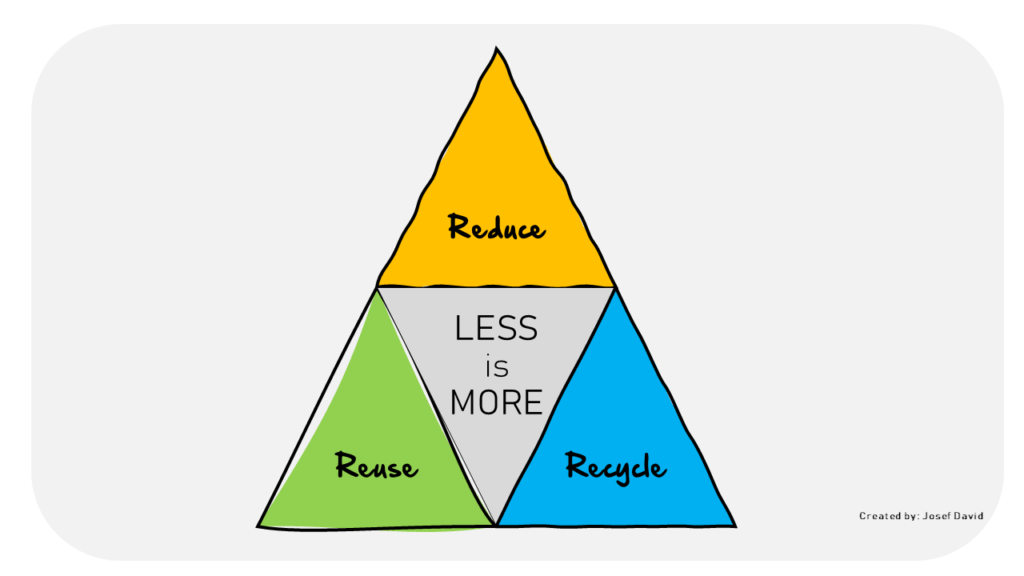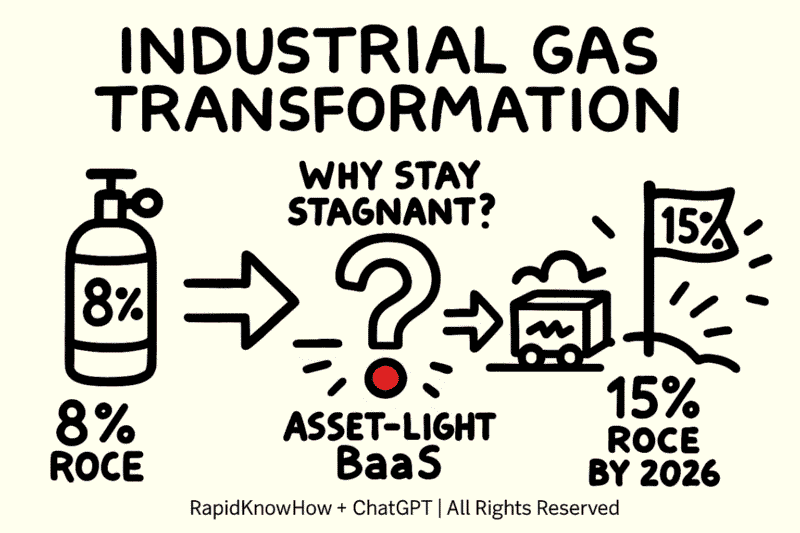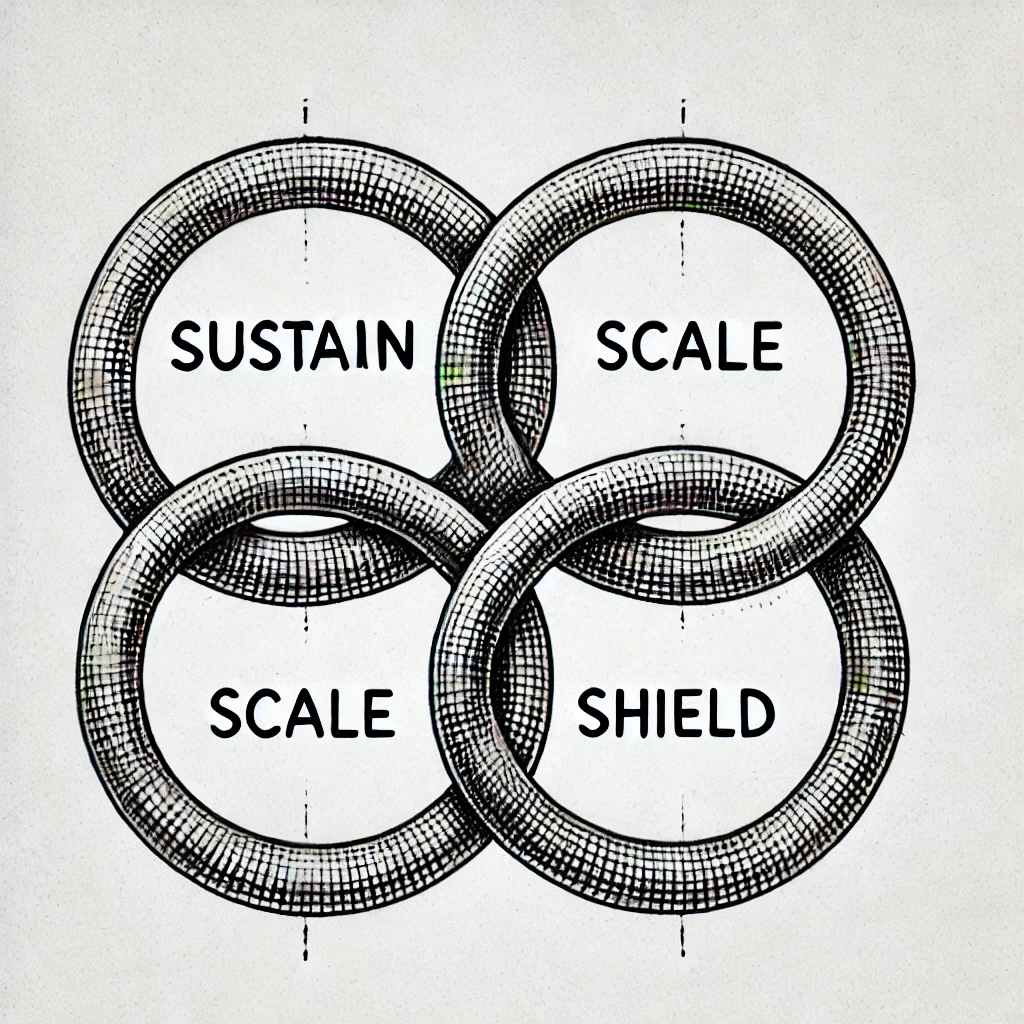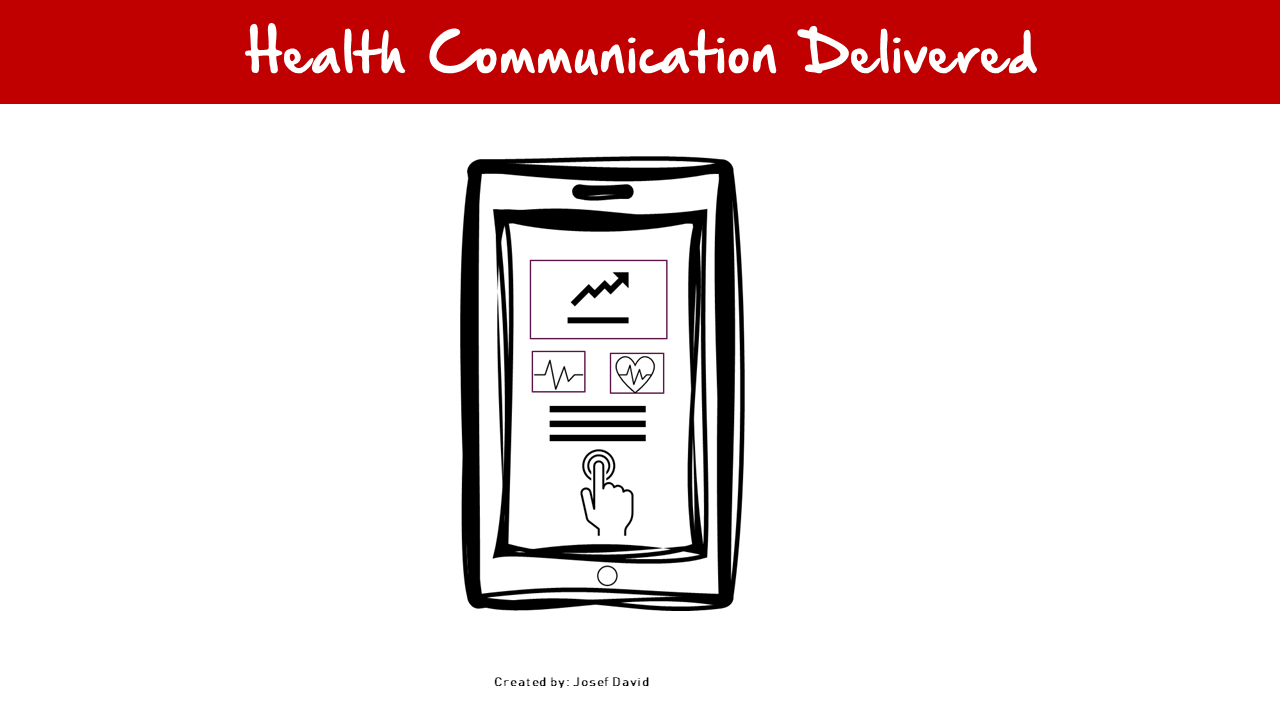**The LESS is MORE Action Guide: A Pathway to Sustainable Industrial Practices**
In today’s rapidly evolving industrial landscape, the concept of sustainability has become more than just a buzzword; it is a necessity. The LESS is MORE Action Guide provides a structured approach to integrating sustainability into business practices, particularly in sectors like industrial gases. This guide emphasizes the importance of reducing waste, reusing resources, and recycling materials to create a sustainable ecosystem. Below, I will outline how this guide can be applied specifically to the industrial gases sector.
DESIGN IT
**Objective: A Sustainable Ecosystem for Industrial Gases**
The primary objective of the LESS is MORE Action Guide is to foster a sustainable ecosystem within the industrial gases sector. This involves not only minimizing environmental impact but also enhancing operational efficiency and reducing costs.
By focusing on sustainable practices, businesses can create a competitive advantage while contributing positively to the environment.
Message: LESS is MORE

This phrase encapsulates the essence of synergy in sustainability. When businesses adopt sustainable practices, the combined effect can lead to outcomes that exceed initial expectations.
For instance, by reducing waste and optimizing resource use, companies can achieve cost savings that contribute to their bottom line while simultaneously benefiting the environment.
Strategy: Building Relationships with Sustainability Stakeholders
A crucial strategy outlined in the LESS is MORE Action Guide is building relationships with sustainability stakeholders.
This includes engaging with suppliers, customers, regulatory bodies, and community organizations.
By fostering these relationships, companies can gain insights into best practices and innovative solutions that enhance their sustainability efforts.
DO IT
Reduce: Create Business Offering to Reduce Industrial Gas Supply Costs
One practical application of the guide is to develop business offerings that focus on reducing industrial gas supply costs.
This could involve negotiating bulk purchasing agreements or exploring alternative suppliers who prioritize sustainability.
By reducing costs associated with gas supply, companies can allocate resources toward other sustainable initiatives.
Reuse: Provide On-Site Industrial Gas Solutions
Another effective strategy is to implement on-site industrial gas solutions.
This approach not only reduces transportation emissions but also allows for better management of gas usage.
By providing tailored solutions that meet specific customer needs on-site, businesses can enhance efficiency and reduce waste.
Recycle: Recycle Old Assets
Recycling old assets is an essential component of any sustainable strategy.
In the context of industrial gases, this could mean repurposing old equipment or recycling materials used in production processes.
Establishing partnerships with recycling firms can facilitate this process and ensure that valuable materials are not lost.
Conclusion: Get Started in 3 Steps
To effectively implement the principles outlined in the LESS is MORE Action Guide, consider these three steps:
1. **Assess Current Practices**: Begin by evaluating your current operations and identifying areas where waste reduction, reuse, and recycling can be implemented.
2. **Engage Stakeholders**: Build relationships with key stakeholders who can provide insights and support your sustainability initiatives.
3. **Implement Changes**: Develop actionable plans based on your assessments and stakeholder feedback to integrate sustainable practices into your business model.
By following these steps and utilizing the strategies outlined in the LESS is MORE Action Guide, businesses in the industrial gases sector can pave the way toward a more sustainable future while reaping economic benefits along the way.
Embracing sustainability not only enhances corporate responsibility but also positions companies as leaders in an increasingly eco-conscious market.





